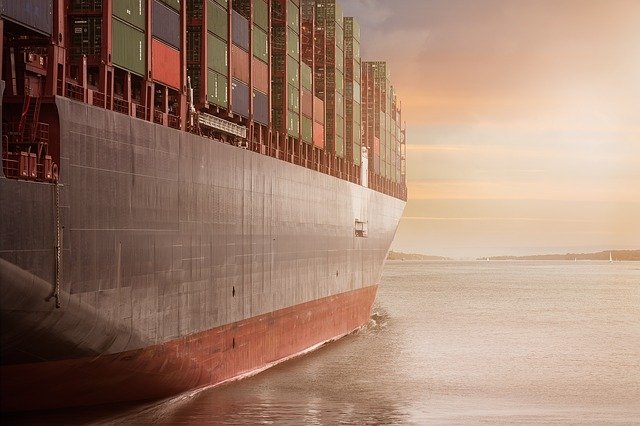Revised Guidelines for the Implementation of the Inspection of Cargo Transport Units (CTUs) issued in June 2022 by the IMO are aimed at helping governments to implement a uniform and safe inspection programme. The IMO Circular (MSC.1/Circ.1649) seeks to broaden the inspections undertaken and align fully with safety guidance developed during the last decade (previous guidelines date from 2012).
Specifically, governments are now requested to select from all cargo types, rather than simply declared dangerous goods, for inspection. Further the guidance takes account of the issuance of the CTU Code, revisions of container safety regulations and the need to minimise the movement of invasive pests. The Circular additionally notes the continuing low rate submission of inspection reports and encourages an increase in such inspections.
Peregrine Storrs-Fox, TT Club’s Risk Management Director, says: “With the string of container ship fire casualties and fatal incidents at storage facilities, most recently at Chittagong (Chattogram), in our minds, our current concerns are manifest. They constantly remind us of the importance of adequate safety procedures in packing, handling and transporting the array of cargoes that have the potential to cause catastrophic incidents.
“With only five of the 179 governments affiliated with IMO submitting reports on inspections at the last Carriage of Cargoes and Containers (CCC) sub-committee meeting in September 2021, the industry urgently seeks more collaborative support from governments in combatting the potential circumstances and cargo packing practices that cause dangerous incidents. It would be much appreciated if more national reports undertaken during 2021 can still be reported for consideration at the next CCC this September.
“However, TT Club calls for a viable sample of inspections in future based on the new guidelines. In this regard, TT would urge strongly that governments enter dialogue with industry to understand how the latter can work with enforcement agencies to improve safety.”
TT Club itself has long campaigned for an increased awareness of the issues surrounding the transport of dangerous goods, and all potentially hazardous cargoes. It is dedicated to improving standards for the safe and secure packing of all cargoes in cargo transport units.
There is a plethora of industry generated guidance on best practice relating to packing and handling of cargoes, including the Quick Guide to the CTU Code, along with a Checklist of actions required of those packing cargo in freight containers, published by the Cargo Integrity Group and available in several languages.
Such work by industry groups can only be strengthened by a partnership with governments. Their action on inspections, with the help of the new revisions to the IMO guidelines and use of that body’s reporting system is crucial.
Storrs-Fox concludes: “The international supply chains that service the trade in a myriad of commodities are complex and notoriously susceptible to disruption. Congestion and delays increase the challenges involved in maintaining safety levels in an environment where the demand for reliable delivery of goods is high. Such circumstances require an even higher level of attention to safe practices. The collection of information on the effective use and/or mis-use of these practices needs to be enhanced by a much higher level of rigorous inspections and report submissions from governments, but working from the understanding that this is a shared problem.”






